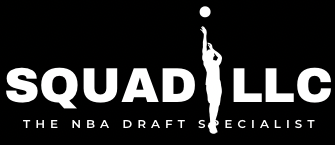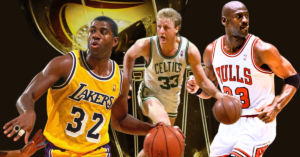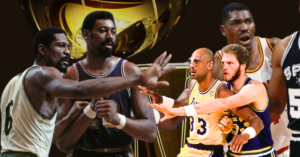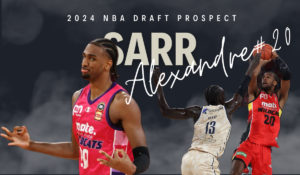4 NBA Team offseason Rules For Free Agency Plus A Few For Trades And Rosters Spots

The landscape of NBA team offseason rules are largely governed by several different regulations stipulated in the league’s collective bargaining agreement. Beginning with the end of the NBA Finals and ending with training camp, offseason basketball is a carefully regulated period of time that gives teams the chance to retool and rebuild for the upcoming season.
Historically, the NBA offseason has often been the focus of some of the biggest storylines in sports, including LeBron James’ departure and return to Cleveland and Victor Wembanyama’s legendary NBA draft status.
But, what’s also impressive is that for these big storylines to be even possible NBA front offices must adhere to strict rules that apply to making deals and how they operate in the offseason. In this article we’ll share a few of the notable parameters that front offices must operate within during the NBA offseason.
NBA Team Offseason Rules
The collective bargaining agreement sets forth many strict guidelines for acceptable behavior involving both players and teams during the offseason. Failure to adhere to these guidelines can result in fines and forfeiture of draft picks depending on the severity of the offense. The NBA knows that a competitive balance and equity are of massive importance to maintain a healthy environment for the league.
4 Rules for NBA Free Agency

Probably the most publicized aspect of the offseason is NBA free agency, with star veteran players having the chance to shift the balance of power in the league by signing with another team.
- All unrestricted free agents officially become free agents at midnight on July 1 and teams may begin negotiating new contracts with them at 6 p.m. on June 30.
- Restricted free agents are given the same basic timetable, being authorized to begin negotiating a new contract with their original team or sign an offer sheet with a new team beginning at 6 p.m. on June 30 as well.
- Teams are also allowed to sign un-drafted rookies to “summer contracts”immediately after the conclusion of the July Moratorium. If a player does not make the team’s opening day roster, their summer contracts do not count against the salary cap.
- Non-draft rookies are allowed to sign contracts with teams immediately after the conclusion of the NBA Draft.
However, it is important to note that one major rule change to the previously described process is set to take effect for the 2023-2024 season. According to the new CBA, players may begin negotiating new contracts with their current team 1 day after the conclusion of the NBA Finals. But, players are still prohibited from negotiating new contracts with new teams until 6 p.m. on June 30.
4 penalties for breaking the NBA Free Agency Rules
The CBA provides 4 separate punishments available for the commissioner to impose a sanction on tampering or other violations of the free agency negotiating period as listed below:
- A fine of up to $2,000,000 on any team found to be in violation
- Forfeiture of draft picks
- Suspension of team personnel found to be involved in an infraction
- Contracts could potentially be voided
Can NBA teams trade in the offseason?
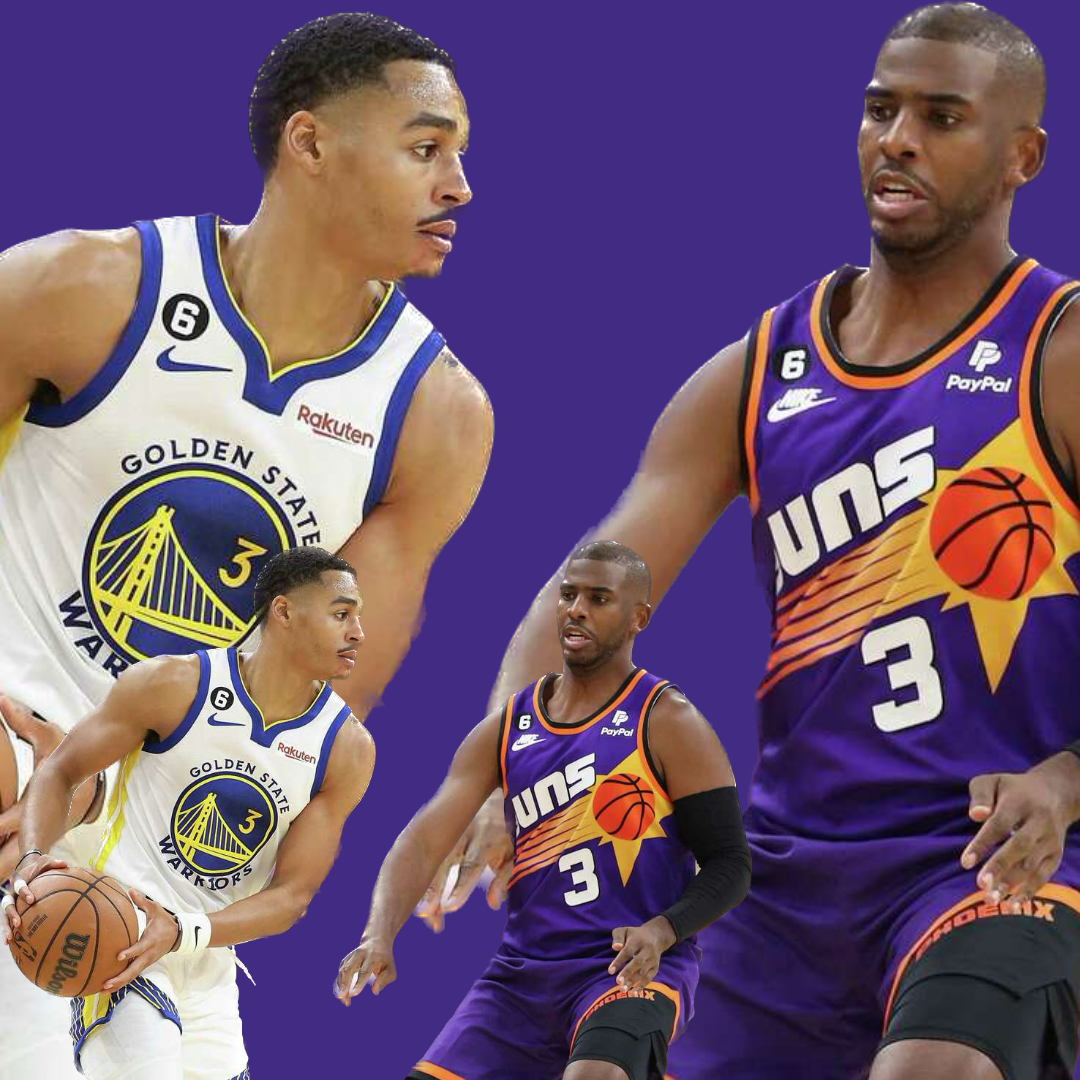
NBA teams are allowed to make trades in the offseason after the July Moratorium has ended. However, pending free agents, those whose contracts are about to expire on July 1, cannot be traded during the offseason without a sign and trade agreement.
Also, free agent signings generally have a 3-month trade prohibition, meaning that a player who signed a new contract during the offseason has to spend at least 3 months with the team before being traded.However, for draft picks and two-way deals, that time period is 30 days after signing a contract before they can be traded.
How many players can an NBA team have in the offseason?
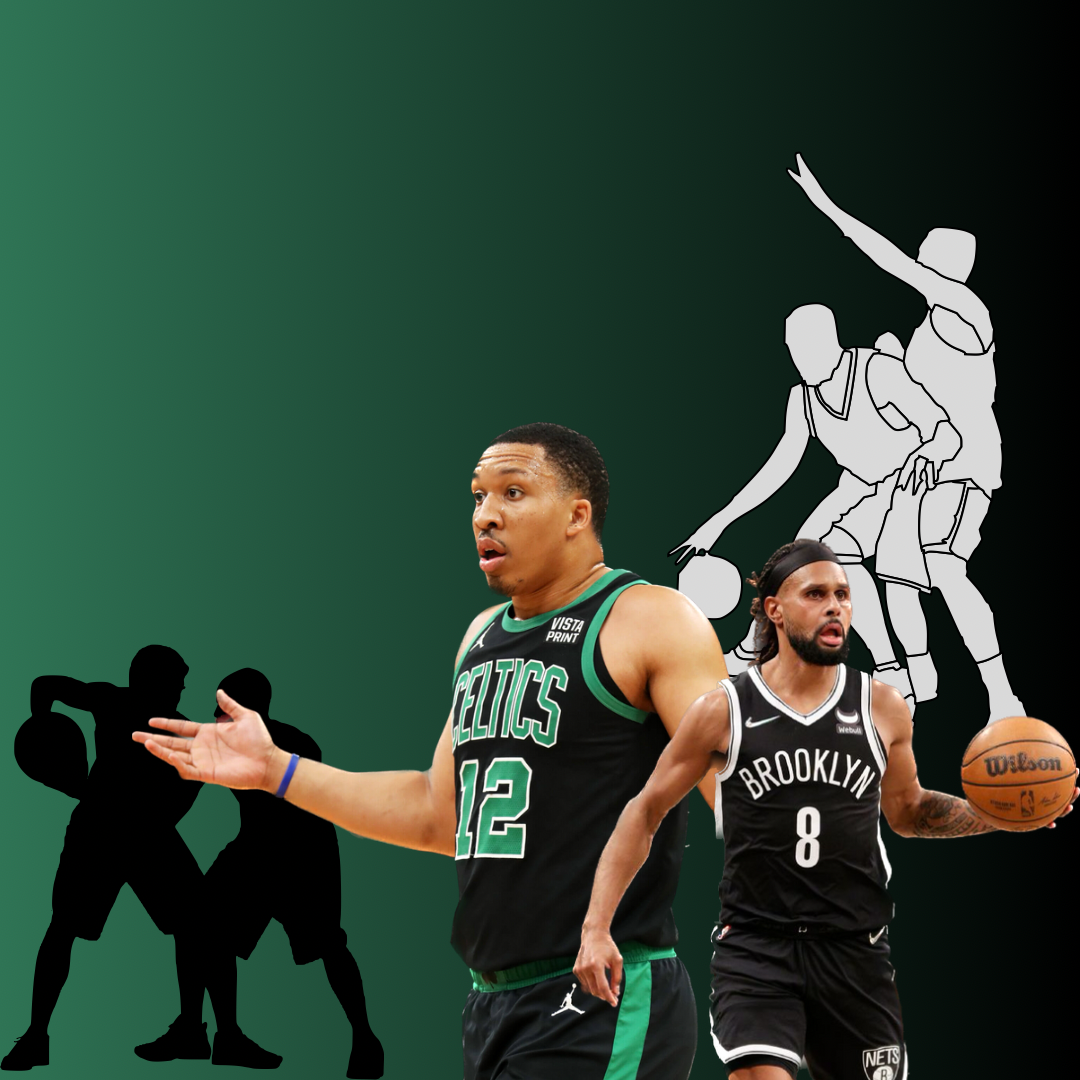
An NBA team may carry up to 21 players on its roster during the offseason. This number includes summer contracts and two-way players, individuals that teams have the NBA rights to, but who typically spend most of their time in the G-League. Expanded rosters are an important provision for developing players in the offseason, allowing teams to sign and scout out young talent in the NBA Summer League.
Can NBA Teams Practice in the Offseason?
While an average NBA players offseason includes plenty of individual practice time, team practice is limited up to the beginning of training camp. There are some rules against structured group practices. Team practices can be player led with coaches doing individual or small group sessions. But, any live 5 on 5 action is limited to just players only.
During the off-season, no NBA team is allowed to sign up more than four veterans at once for any summer basketball league. But, in Article 23, Section 1, the CBA does give the NBA the right to organize exhibition events and/or games for teams and/or players.
As a result, these types of exhibition games could result in some team practices apart from training camp. For example, in The Last Dance documentary, the Chicago Bulls famously played overseas in France for the 1997 McDonald’s Championship.
For the 2023-2024 season, the earliest that players can report to training camp is September 26, for teams playing overseas in the United Arab Emirates. Players on teams participating in overseas preseason games outside of the US in countries other than the UAE can only report as early as September 27. For all other veteran players, October 2 is the earliest that they are required to report for training camp.
A big rule change for the 2023-2024 season.
The NBA’s collective bargaining agreement has many different rules and regulations governing how a team can maneuver during the offseason. One of the biggest changes in the new CBA for the 2023-2024 season, is the longer free-agent negotiating period for teams with their own free agents.
Teams must adhere to all the rules or are subject to several types of punishments including fines, suspensions, voided contracts and/or draft pick forfeiture. While this article only touches on a few there are plenty more rules and guideline that teams must adhere to.
